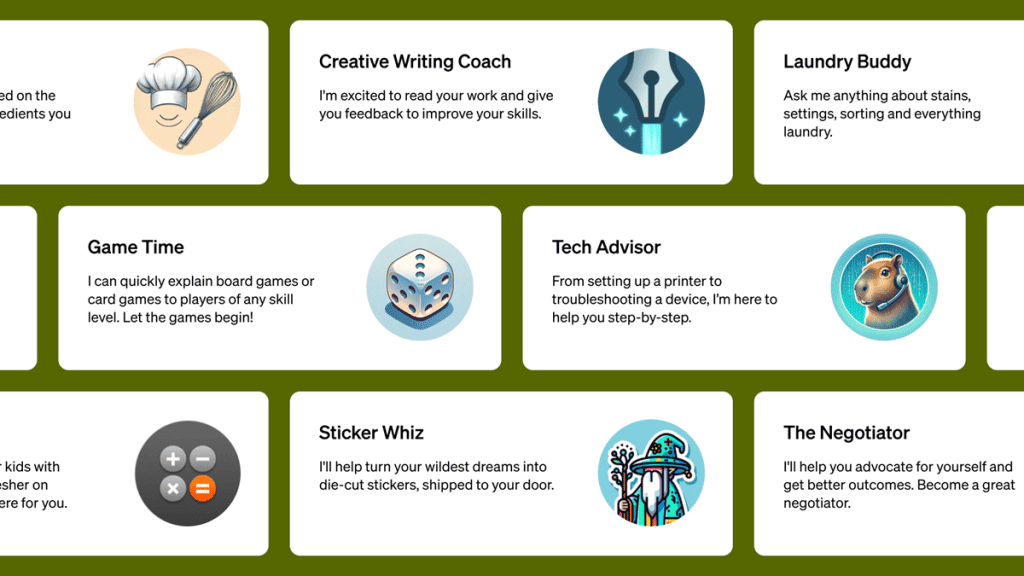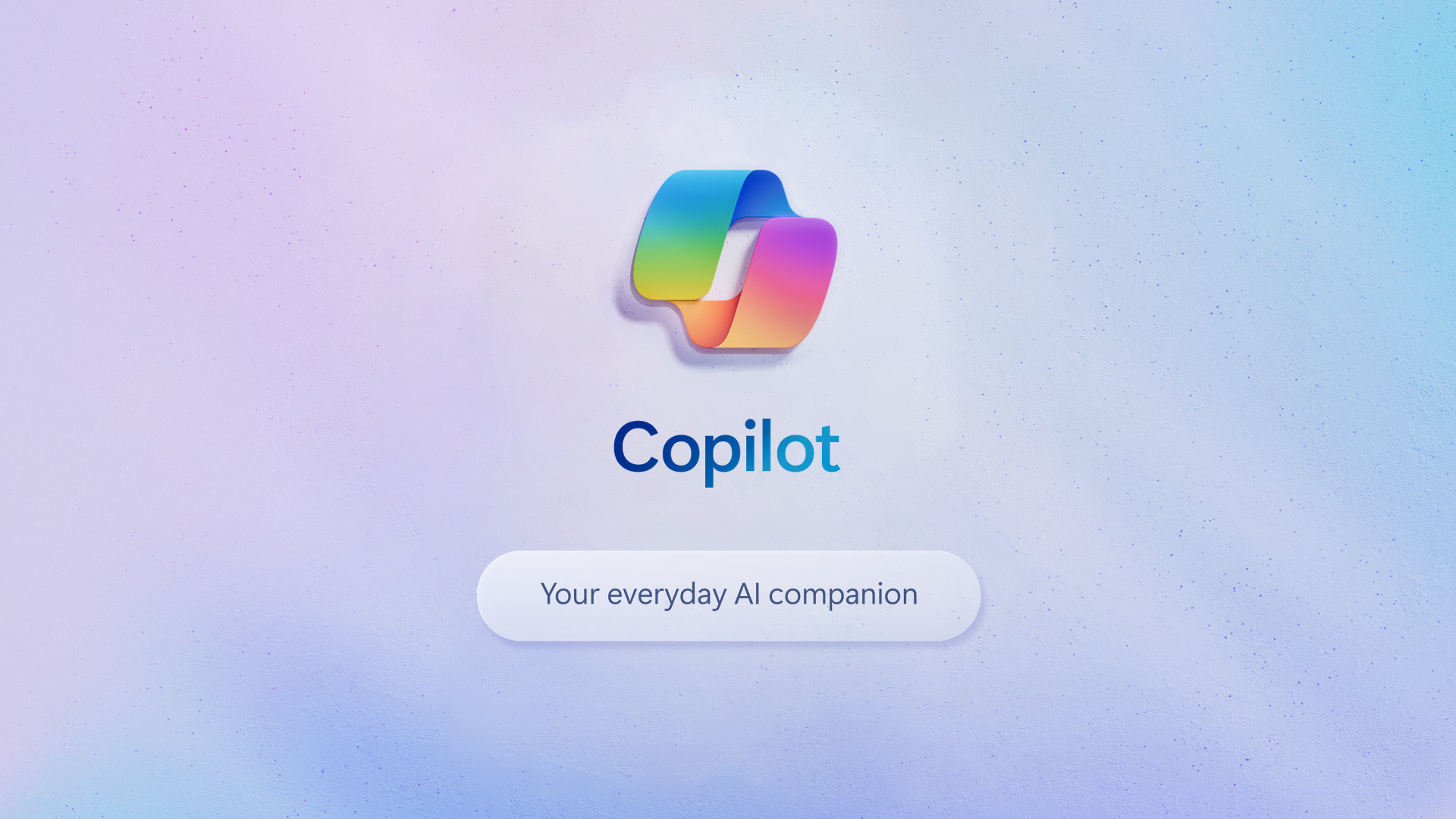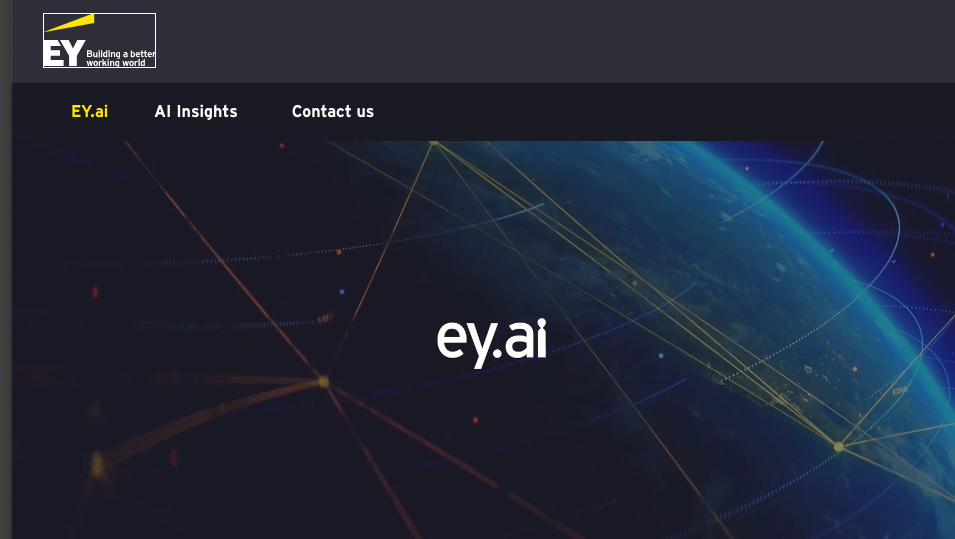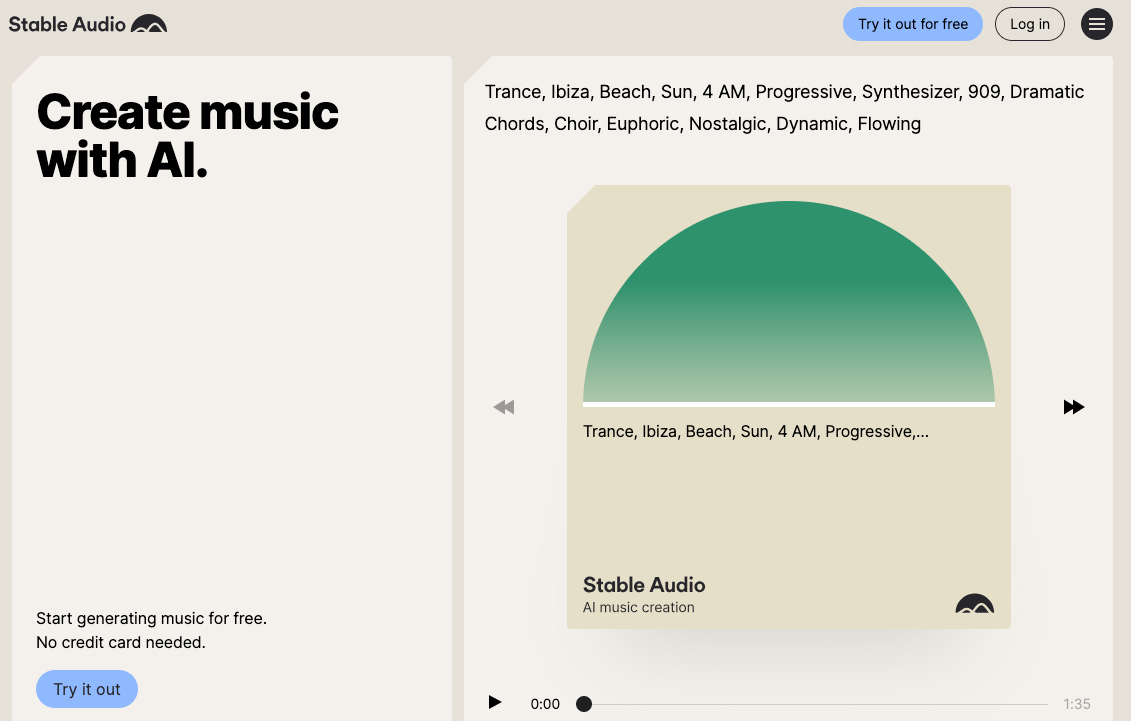New models and developer products announced at DevDay — from openai.com
GPT-4 Turbo with 128K context and lower prices, the new Assistants API, GPT-4 Turbo with Vision, DALL·E 3 API, and more.
Today, we shared dozens of new additions and improvements, and reduced pricing across many parts of our platform. These include:
- New GPT-4 Turbo model that is more capable, cheaper and supports a 128K context window
- New Assistants API that makes it easier for developers to build their own assistive AI apps that have goals and can call models and tools
- New multimodal capabilities in the platform, including vision, image creation (DALL·E 3), and text-to-speech (TTS)
Introducing GPTs — from openai.com
You can now create custom versions of ChatGPT that combine instructions, extra knowledge, and any combination of skills.
I’m genuinely blown away by this.
The leap from text descriptions straight to 3D models? It’s next-level.
Think about the possibility: a stream of prompts turns into a treasure trove of 3D pieces. Gather them, and you’ve got a full scene ready to come to life.
The thought… pic.twitter.com/x79WEeY1iq
— Linus (???) (@LinusEkenstam) November 8, 2023
It’s only been 11 hours since OpenAI Dev Day
Here are 12 of the craziest things people have already built already
Including AI Sports narrator and website roaster.
? Thread below
— Linus (???) (@LinusEkenstam) November 7, 2023
OpenAI’s New Groundbreaking Update — from newsletter.thedailybite.co
Everything you need to know about OpenAI’s update, what people are building, and a prompt to skim long YouTube videos…
But among all this exciting news, the announcement of user-created “GPTs” took the cake.
That’s right, your very own personalized version of ChatGPT is coming, and it’s as groundbreaking as it sounds.
OpenAI’s groundbreaking announcement isn’t just a new feature – it’s a personal AI revolution.
The upcoming customizable “GPTs” transform ChatGPT from a one-size-fits-all to a one-of-a-kind digital sidekick that is attuned to your life’s rhythm.
Lore Issue #56: Biggest Week in AI This Year — from news.lore.com by Nathan Lands
First, Elon Musk announced “Grok,” a ChatGPT competitor inspired by “The Hitchhiker’s Guide to the Galaxy.” Surprisingly, in just a few months, xAI has managed to surpass the capabilities of GPT-3.5, signaling their impressive speed of execution and establishing them as a formidable long-term contender.
Then, OpenAI hosted their inaugural Dev Day, unveiling “GPT-4 Turbo,” which boasts a 128k context window, API costs slashed by threefold, text-to-speech capabilities, auto-model switching, agents, and even their version of an app store slated for launch next month.
The Day That Changed Everything — from joinsuperhuman.ai by Zain Kahn
ALSO: Everything you need to know about yesterday’s OpenAI announcements
- OpenAI DevDay Part I: Custom ChatGPTs and the App Store of AI
- OpenAI DevDay Part II: GPT-4 Turbo, Assistants, APIs, and more
OpenAI’s Big Reveal: Custom GPTs, GPT Store & More — from news.theaiexchange.com
What you should know about the new announcements; how to get started with building custom GPTs
Incredible pace of OpenAI — from theaivalley.com by Barsee
PLUS: Elon’s Gork
? OpenAI just dropped a HUGE update.
This is the biggest update since the launch of GPT-4.
Here are 9 things you need to know (with use cases): ? pic.twitter.com/Kc2nD6HNFm
— Barsee ? (@heyBarsee) November 7, 2023














